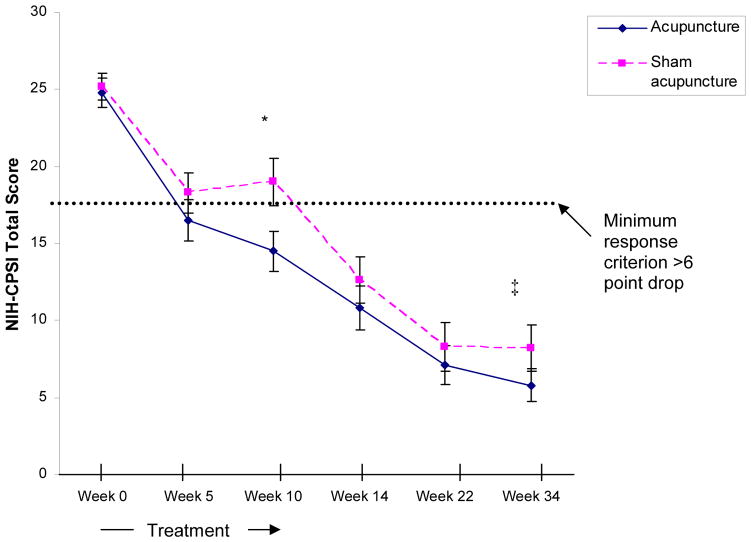Figure 3. Box-Whiskers Plot Comparing Acupuncture with Sham Acupuncture in 89 Men with Chronic Prostatitis/Chronic Pelvic Pain Syndrome.
Box-and whiskers plot comparing NIH-CPSI total scores of 89 chronic prostatitis/chronic pelvic pain patients treated with 20 sessions of either acupuncture (n = 44) or sham acupuncture (n = 45) therapy over 10-weeks. Within each box, the bold line represents the median, upper and lower bounds of the box represent the 25th and 75th percentiles, respectively. Error bars represent the standard deviation. To enter into the study, each participant had a minimum NIH-CPSI total score of at least 15 (range 0-to-43) on both baseline visits (indicated as the average in the baseline value). The primary criterion for response was at least a 6 point decrease from baseline to week 10 (end of therapy).
*Of 44 participants in the acupuncture group, 32 (72.7%) met the primary response criterion (at least a 6 point decrease in NIH-CPSI total score from baseline to week 10), compared to 21 (46.7%) of 45 participants in the sham acupuncture group (Fisher’s exact test p=0.02).
There was no significant difference between the NIH-CPSI total scores in the acupuncture and sham acupuncture groups at baseline, week 5 (early during therapy) or weeks 14, 22 and 34 (post-therapy) evaluations.
‡At week 34, 14 (31.8%) of 44 acupuncture group participants had long-term responses (with no additional treatment) compared to 6 (13.3%) of 45 sham acupuncture group participants (R.R. 2.39, CI 1.0–5.6, Fisher’s Exact test p=0.04).

